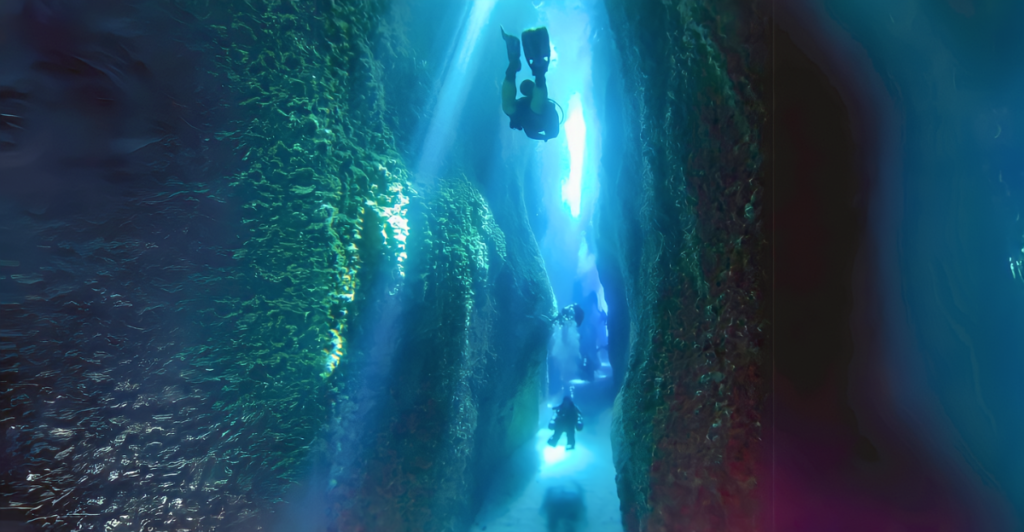
Between Borneo and Sulawesi, a barrier has separated wildlife for millennia. This strange invisible line seems to ensure that no animal can cross over to the other side. The phenomenon has baffled people for centuries, but today, we know there is a science behind it.
Two Worlds
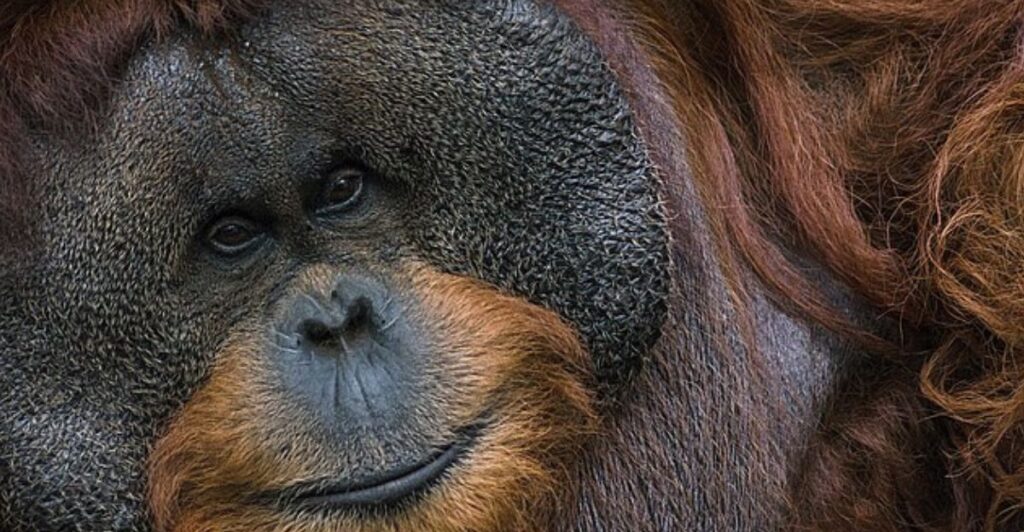
The line has Australian species on the east side and Asian species on the west. The strangest part is that despite the distance being so close, the species are completely different and have evolved differently. They are completely isolated from one another.
Alfred Russel Wallace

Alfred Russel Wallace was the first person to notice the difference in species across the narrow straight. He independently came to his own conclusions about evolution and named the invisible barrier the Wallace Line.
The Location
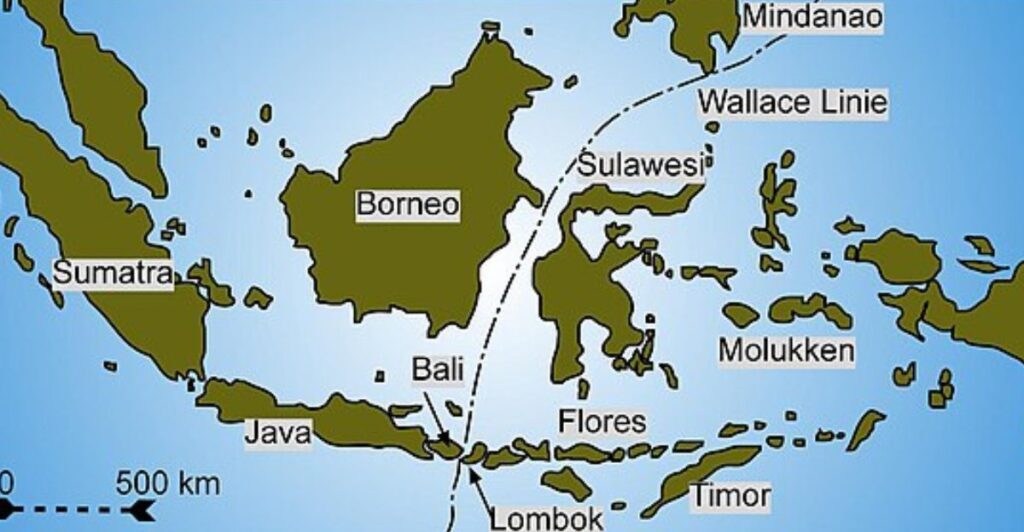
The Wallace Line runs through the Indonesian Archipelago and the Lombok Strait. Along the line, there are islands dotting each side and are close enough for animals to cross, but it seems forbidden to wildlife.
The Asian Side
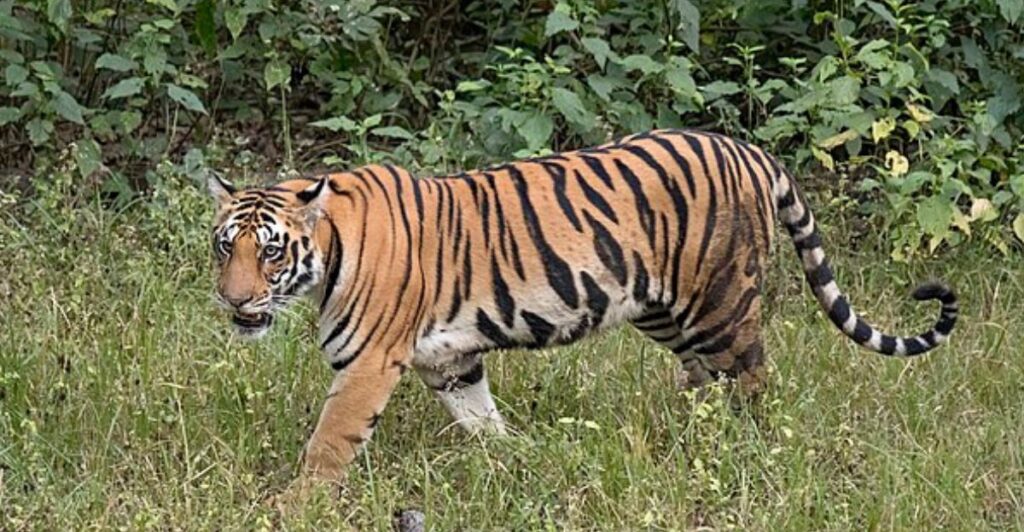
West of the line is a distinct Asian ecosystem. Animals like rhinoceroses, tigers, and orangutans call the islands home. Despite being an island off of mainland Asia, the animals have clearly evolved from their mainland counterparts.
The Australian Side
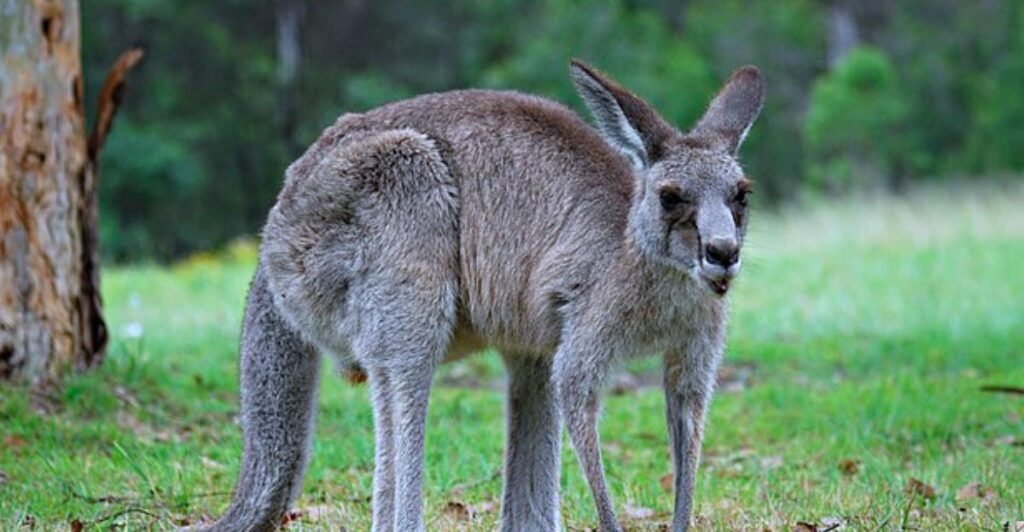
Looking east of the line, the environment quickly changes drastically to a completely different landscape. You’ll see familiar animals that are found on the Australian mainland like marsupials. Kangaroos, wallabies, and many Australian birds like parrots and cockatoos live on the islands.
The Reason Behind The Line
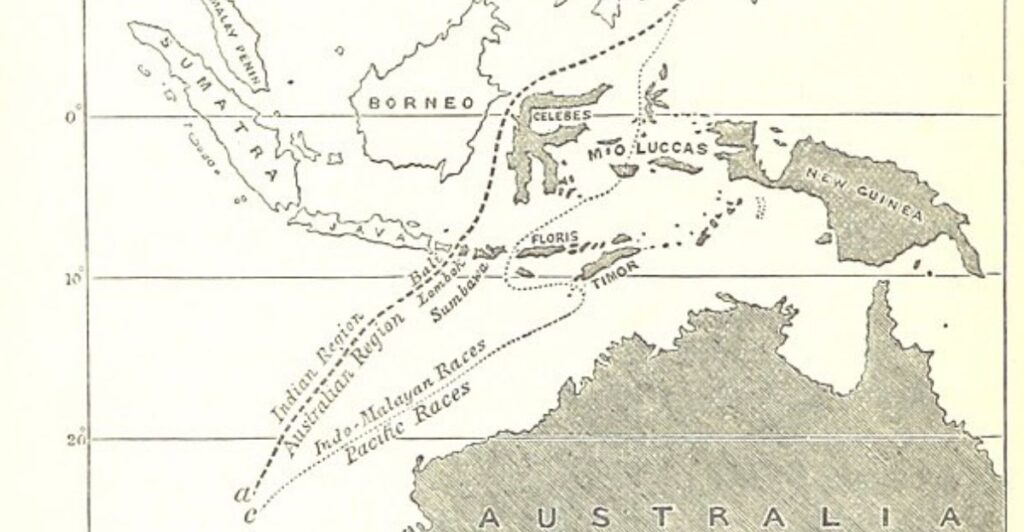
Upon closer inspection of the line, researchers found out part of the reason why animals won’t cross it. Across the Wallace Line, there are deep ocean trenches. Animals seem to be able to detect the deep water and won’t cross. Glaciers also don’t form around the deep water, preventing migration through ice bridges.
Evolving Differently
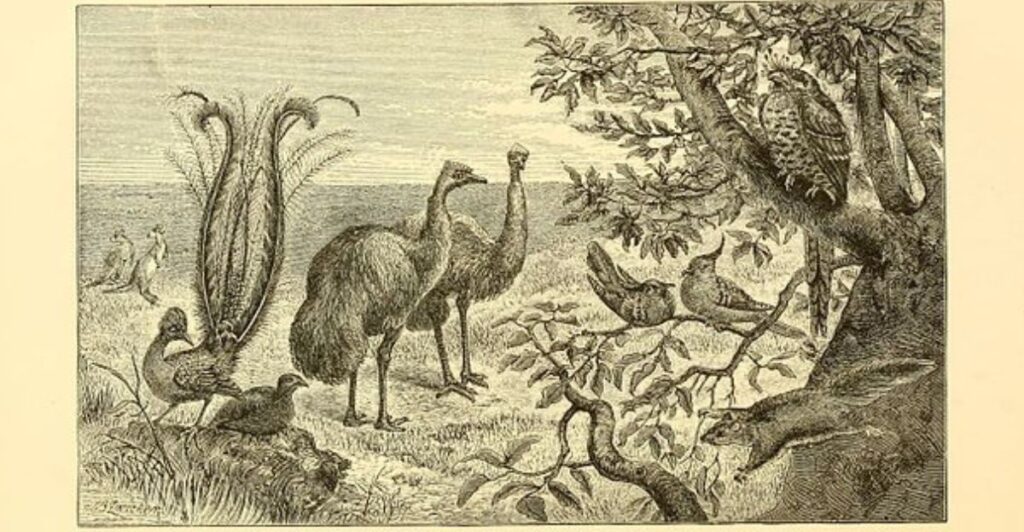
Animals from the Asian coast managed to travel to the islands because of land bridges. These land bridges never formed between the islands over the Wallace Line, and they stayed in deep ocean water. The isolation of the on either side of the line meant the animals so close together evolved completely differently.
The Meeting Of Different Ecosystems
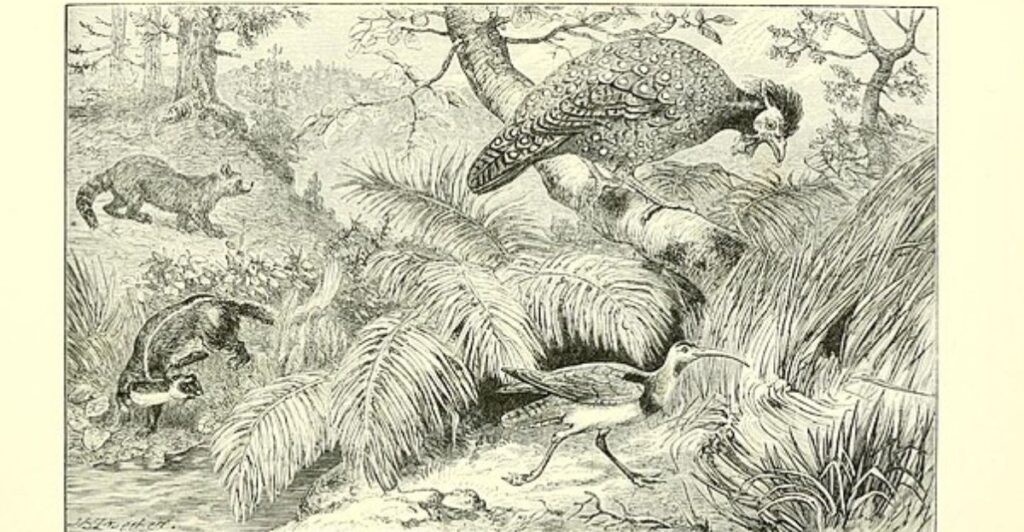
The Wallace Line is the meeting point of two entirely different ecosystems – the Australian and the Indomalayan. Each region has its own rich history of evolution and unique species that inhabit the islands, completely cut off from one another.
Some Overlap
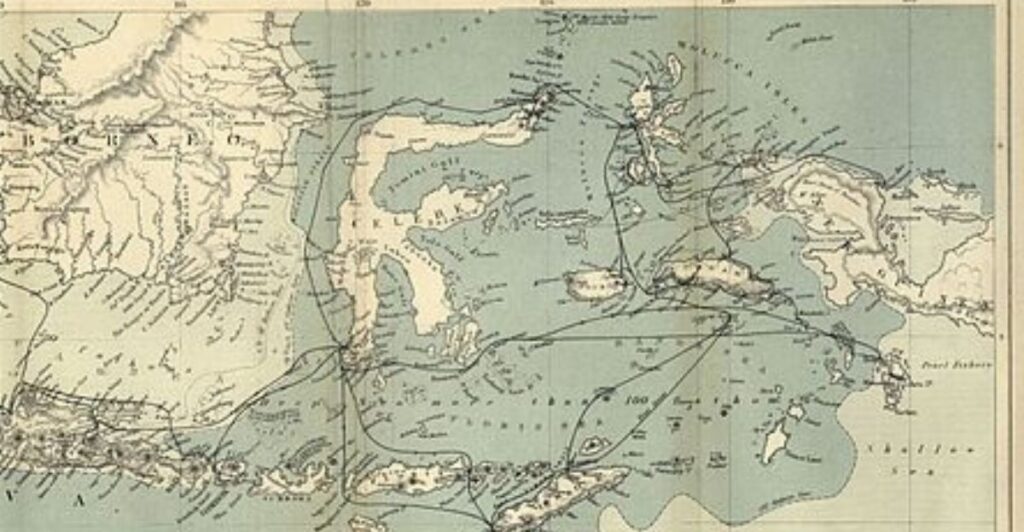
While the line generally keeps nearly all animals from crossing over to the other island to spread their population, a few exceptions do exist. These are primarily birds that migrate over the line and animals that have been brought across by humans.
The Introduction Of New Species
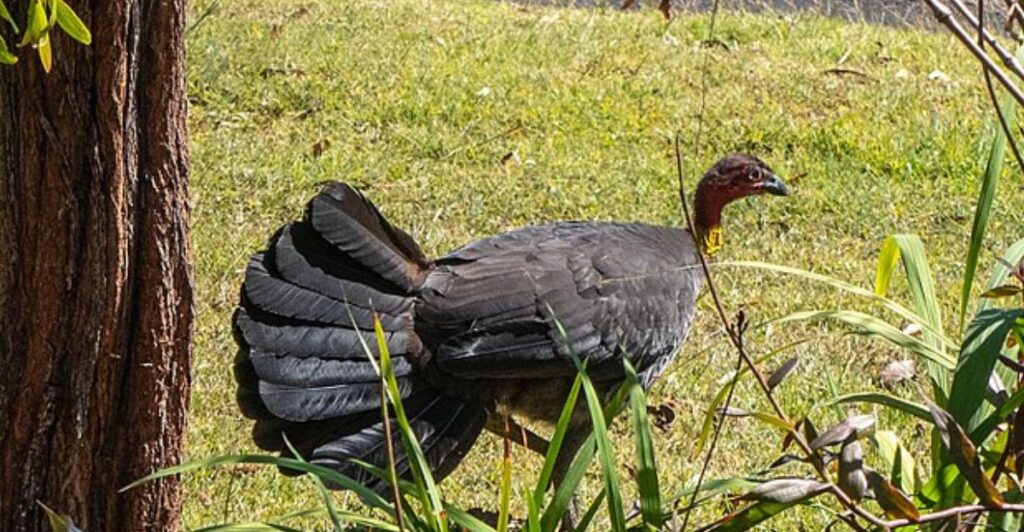
Untouched, the islands would have stayed evolutionary models for research, but with the interference of humans, many animals and non-native species have been introduced onto the islands, somewhat disrupting the balance of the ecosystem.
An Important Place
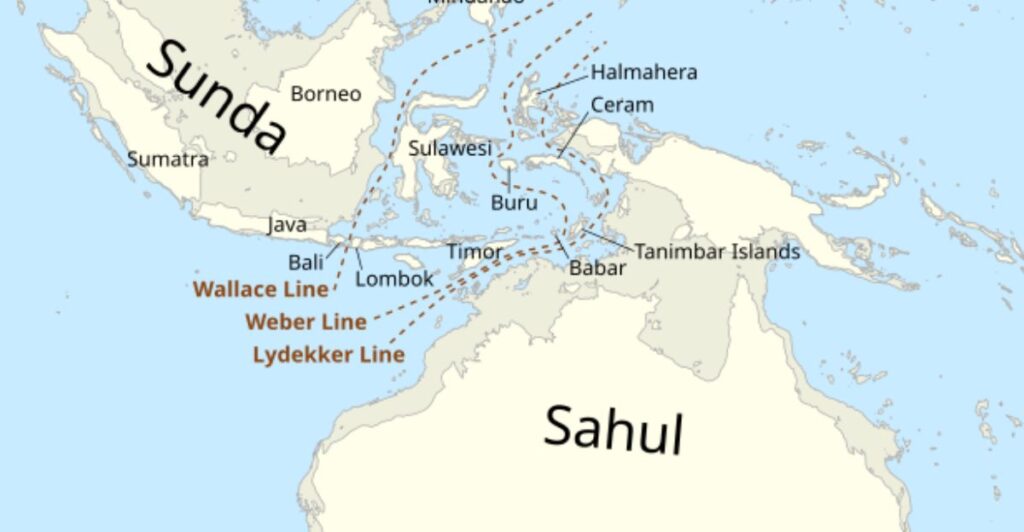
The Wallace Line and the islands that are separated on each side are great examples of Darwin and Wallace’s theories of evolution. The wildlife shows how the distribution of populations moved throughout the planet from nearby regions and how they evolved their differences.
Modern Research
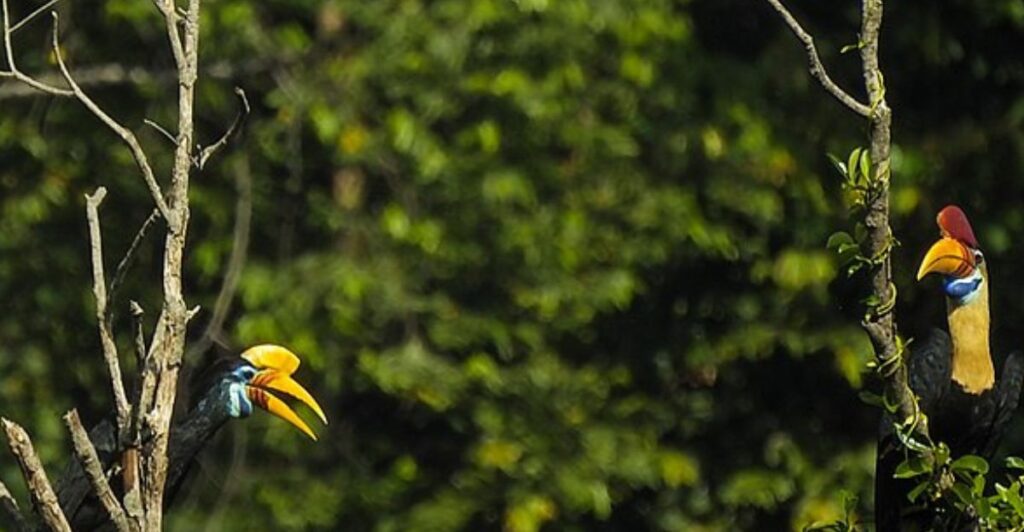
While the islands and the Wallace Line have already been studied for over a hundred and fifty years, modern scientific methods could discover new insights about the relationships between species on each side and how they’ve adapted since being separated from mainland Asia and Australia, respectively.
Discover more of our trending stories and follow us to keep them appearing in your feed

California Is Breaking Apart: A Fault Line Is Forming Faster Than Anyone Predicted
Geologists Uncover Massive $84 Billion Gold Discovery That Could Disrupt Wildlife Habitats
Philanthropist Promises To Cover $771.23M Annually After US Exit From Climate Accords
The War on Cows Is Over—And Green Extremists Have Lost
References:
Reference 1
This article first appeared here
Stay connected with us for more stories like this! Follow us to get the latest updates or hit the Follow button at the top of this article, and let us know what you think by leaving your feedback below. We’d love to hear from you!







